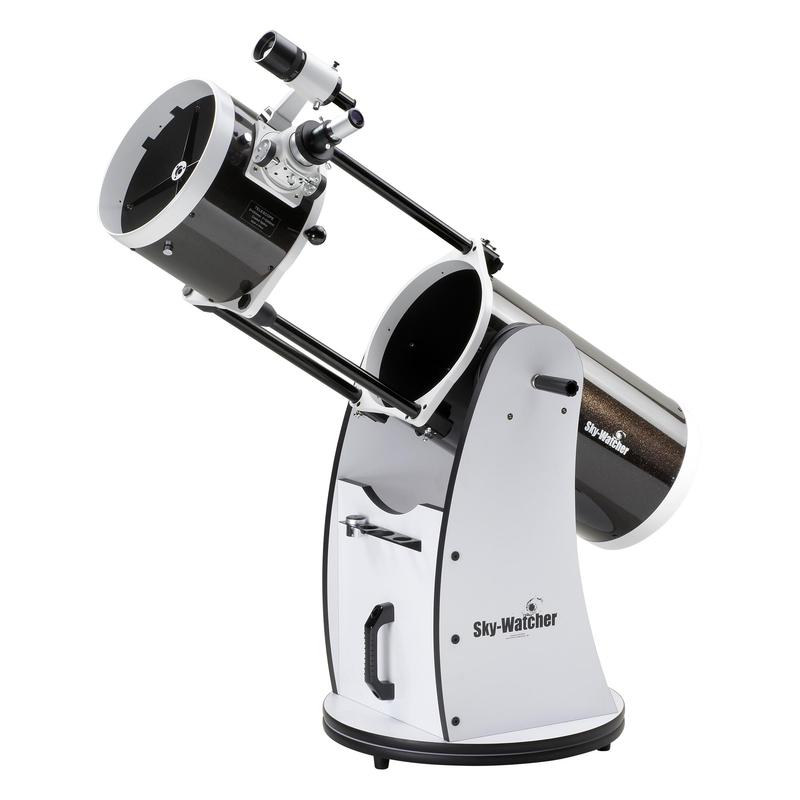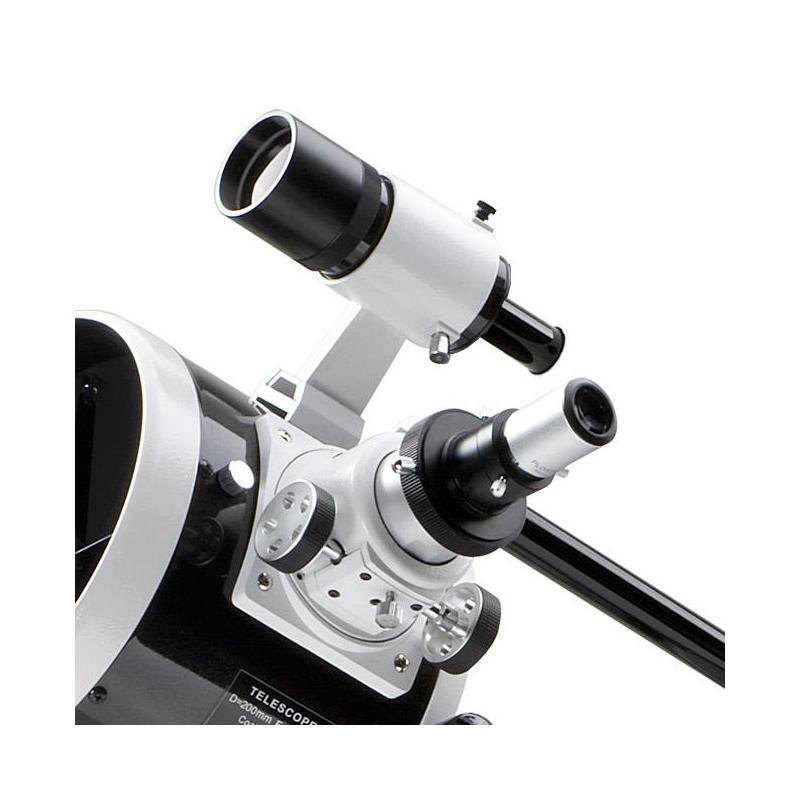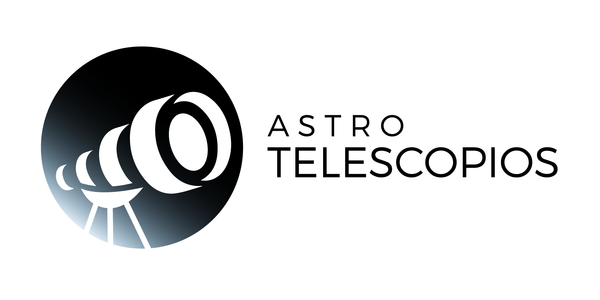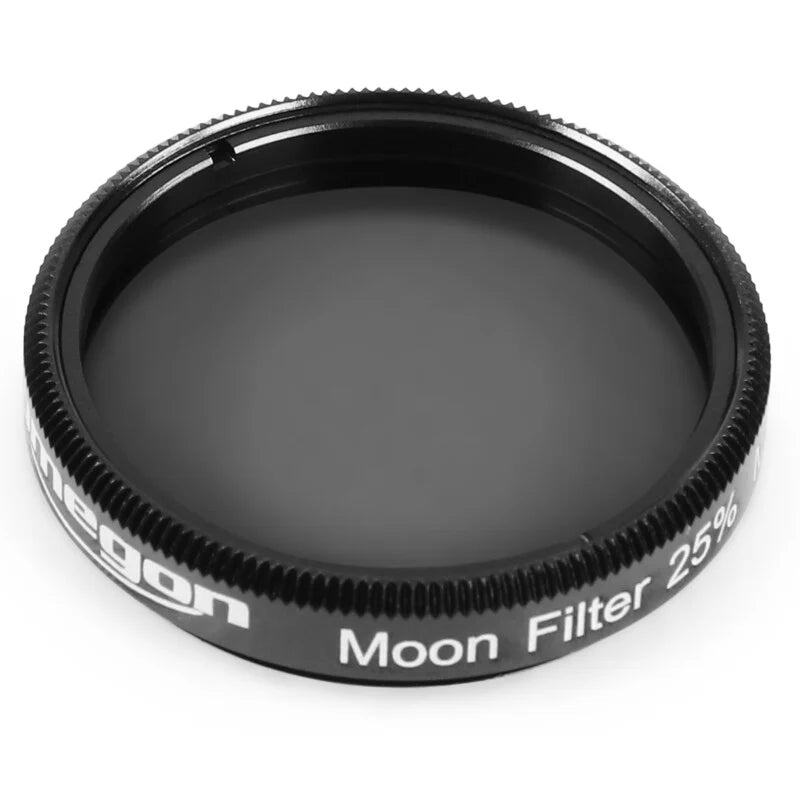Sky-Watcher
Sky-Watcher FlexTube 250mm Dobsonian Telescope
Sky-Watcher FlexTube 250mm Dobsonian Telescope
🟢 In stock
🚚 Shipping on pallet. Shipping price is calculated on the checkout page. Estimated delivery time: 15 days
Couldn't load pickup availability
- Large diameter perfect for observing the deep sky (galaxies, nebulae)
- Good for planetary and lunar observation.
- Foldable to avoid complete disassembly and collimation.
- Easily transportable by one person
Everything you need to know about the Sky-Watcher FlexTube 254mm f/4.7 Dobsonian
In recent years, Dobson fever has increasingly invaded amateur astronomers, aware that the strongest sensations are felt with large diameter telescopes. In fact, observation of the planets is limited to Jupiter, Mars, Saturn (and the Moon), while clusters, nebulae and galaxies number several hundred on a 254 mm instrument (see thousands for the largest diameters under a dark). Without motor or electronics, Dobsons are in fact the instruments that provide the most light, with a certain budget, compared to any other type of instrument (mostly motorized and Go-To).
However, the search for diameter causes a major drawback: volume! When you want to observe in the best conditions, to take advantage of the full potential of your instrument, away from the city lights, it is essential to transport your equipment in a vehicle and then set it up and take it down. Of course, you need space and, if possible, make a minimum of comings and goings when loading. Although Serrurier frames have been around for a long time, they have only recently become available in inexpensive Dobsons and require permanent disassembly/assembly and then re-collimation (an operation that takes a bit of time but one that one gets used to over time).
Sky-Watcher, which has been designing solid tube Dobsons popular with beginners and hobbyists for many years, innovated in 2009 by completely redesigning the design of its instruments. The Chinese-Canadian manufacturer sought to combine the advantage of “complete assembly” of solid tubes and the small footprint of open tubes. The idea of the “telescopic telescope” is now a reality (at a price that remains very attractive) through the FlexTube range.
Following the principle that " the best instrument is the one used most frequently ", SkyWatcher takes comfort even further with the FlexTube range so that you do not hesitate for a moment to contemplate the sky and its wonders.
FlexTube: maximum comfort
The principle of the FlexTube is simple, it is based on a Locksmith-type design, where 3 tubes solidly support the secondary mirror cage (which also holds the eyepiece holder and viewfinder). Except here The tubes cannot be disassembled because they are housed in a clamp that allows them to slide . By simply loosening 3 knobs, the tubes slide down until the instrument collapses. Three screws on the secondary cage allow it to then be locked to the primary body. Everything is much "smaller" and fits easily, vertically, in the trunk of any car (maximum height of 920 mm for the 305 mm model). With a 630x740mm base you will even have space for several accessories.
The important point of such a configuration is the maintenance of collimation (alignment between the 2 mirrors). According to the manufacturer, FlexTube preserves the position of the 2 optical elements (in particular the secondary mirror) with each folding/unfolding . Note: The alignment does not change during the night or depending on the position of the optical tube. Therefore, there is nothing easier than putting such instruments into operation. Using the handles (altitude adjustment knobs), remove the entire telescope (40 kg total for the largest model). Loosen the tube adjustment knobs (as well as the locking screws). Slide the mirror cage to the tube stop position. Tighten the knobs to finish.
With no setup required, your telescope is ready for a night of observing full of discovery. (if you haven't touched the eyepiece since your last outing, focusing will already be "ready"). In just a few seconds you will have completed/avoided the traditional steps: telescope exit/mounting/collimation. Save more time and enjoy unmatched convenience!
For information: Check, for safety (to be sure to get the most out of your optics), the collimation because the primary mirror can move slightly if you move it with a car (common to all telescopes), usually Dobson, Cassegrain or Newton ). Using a cheshire or blurring a bright star.
Mechanical concept
Sky-Watcher not only offers telescopes at very advantageous prices, but also easy-to-use instruments, as demonstrated by the tilt system fitted to all 150 to 305 mm Dobsonians. In fact, the Chinese-Canadian company has developed and patented (US Patent No. 6,940,642) a handle that allows the fork to be tightened or loosened on the optical tube. Thus, depending on the inclination of the tube and the weight of the accessories present in the eyepiece holder (binocular head, eyepieces of different flux) the observer can increase or decrease the friction. The tube is then secured enough to not tilt downwards. as is the case with other manufacturers and free enough to easily point it towards another place in the sky.
Unlike very cheaply made or small diameter Newton telescopes, The 203 to 400 mm Newton (Dobson) Sky-Watcher have a parabolic primary mirror . The mirrors are polished spherically and then trimmed to achieve a parabolic shape (more expensive and difficult to obtain). This is an essential selection criterion for instruments larger than 130 mm and with short f/D.
Regarding the material used for the primary mirror, those of 203/254/305/355/406 mm are made of Pyrex , which has the effect of reducing expansion effects due to thermal changes. In fact, the coefficient of thermal expansion is lower than that of standard glass, which reduces warm-up time and ensures better image quality. Like the secondary, the primary is covered with layers of titanium dioxide (SiO2) and quartz (SiO4) for effective protection.
An achromatic finderscope on its support is also delivered as standard. With a large diameter of 50 mm and 9x magnification, it reveals objects invisible to the smallest researchers, making their search much easier. Two eyepieces of 25 mm and 10 mm focal length will allow you to start, initially, by having a good range of magnifications compatible with all possible lenses.
Focus for Dobsonian FlexTube 203, 254 and 305 mm
Focusing is achieved using a dual-flow Crayford eyepiece. A 31.75mm adapter is supplied as standard to use eyepieces of the same format from the 50.8mm output. An adjustment screw located at the bottom of the eyepiece holder allows you to maintain focus by following the orientation of the optical tube.
Specifications
| Characteristics | Dobsonian Sky-Watcher FlexTube 254/1200 |
|---|---|
| Optical formula | Newton |
| Useful diameter | 254mm |
| Focal length | 1200mm |
| F/D ratio | 4.7 |
| Separating the power | 0.47 arc second |
| Magnitude limit in visual. | 14.1 |
| Clarity | 1792x |
| Recommended maximum increase | 300x |
| Eyepiece holder | Crayford focuser 50.8/31.75 mm |
| Optical tube length (folded/unfolded) | 835mm/1120mm |
| Optical tube weight | 15 kilos |
| Mount | Azimuth Dobsonian - Motorization not supported |
Items delivered:
- 1 Newton FlexTube Sky-Watcher 254mm f/4.7 optical tube
- 1 azimuthal Dobson mount
- 2 eyepieces flowing 31.75 mm: Super 10 mm and Super 25 mm
- 1 straight finder 9x50
Compartir



Telescope accessories
-

Astronomy cameras
Astronomy cameras , specially designed to capture images from space, offer several...
-

Alignment Accessories
Collimation is the exact orientation of the optics within a telescope. It...







